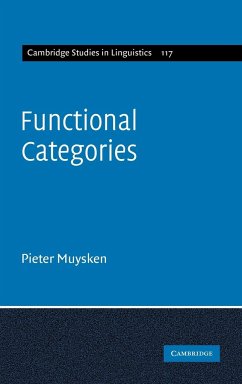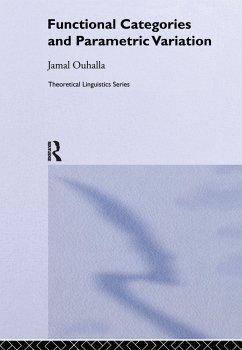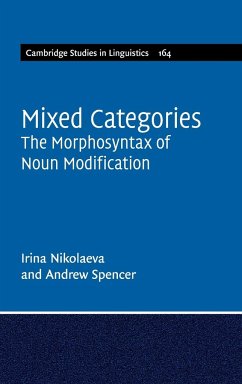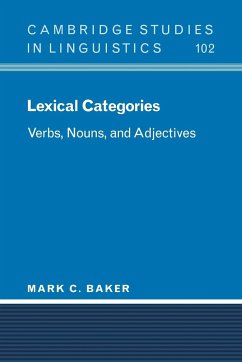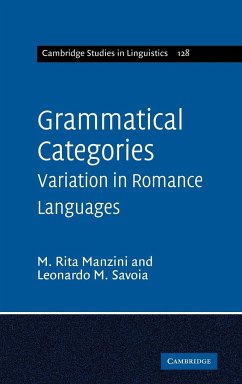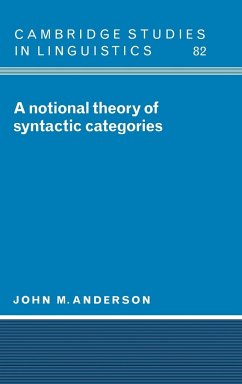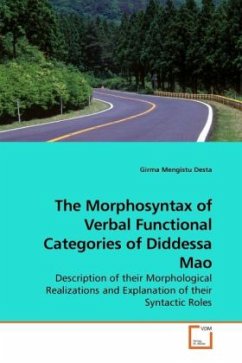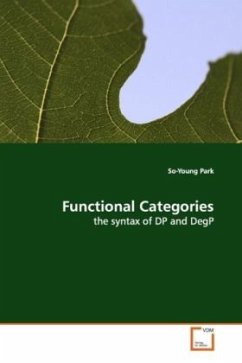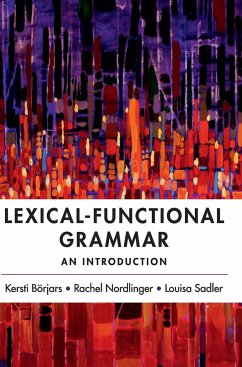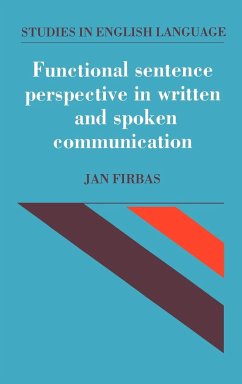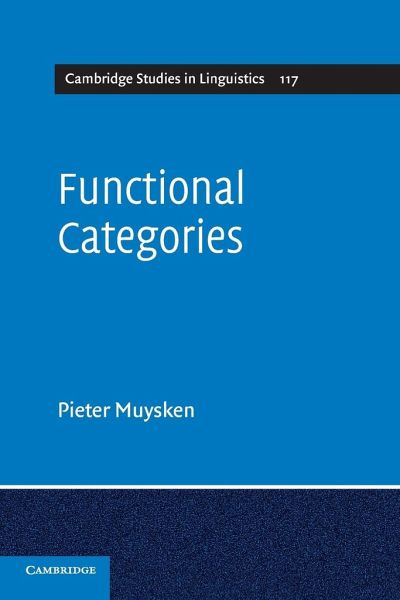
Functional Categories
Versandkostenfrei!
Versandfertig in 1-2 Wochen
53,99 €
inkl. MwSt.
Weitere Ausgaben:

PAYBACK Punkte
27 °P sammeln!
In every language there are descriptive lexical elements, such as evening and whisper, as well as grammatical elements, such as the and -ing. The distinction between these two elements has proven useful in a number of domains, but what is covered by the terms, lexical and grammatical, and the basis on which the distinction is made, appear to vary according to the domain involved. This book analyses the grammatical elements ('functional categories') in language, a topic that has drawn considerable attention in linguistics, but has never been approached from an integrated, cross-disciplinary per...
In every language there are descriptive lexical elements, such as evening and whisper, as well as grammatical elements, such as the and -ing. The distinction between these two elements has proven useful in a number of domains, but what is covered by the terms, lexical and grammatical, and the basis on which the distinction is made, appear to vary according to the domain involved. This book analyses the grammatical elements ('functional categories') in language, a topic that has drawn considerable attention in linguistics, but has never been approached from an integrated, cross-disciplinary perspective. Muysken considers functional categories from the perspective of grammar, language history, language contact and psychology (including child language and aphasia). Empirically based, the book examines the available converging evidence from these various disciplines, and draws on comparative data from a wide range of different languages.





